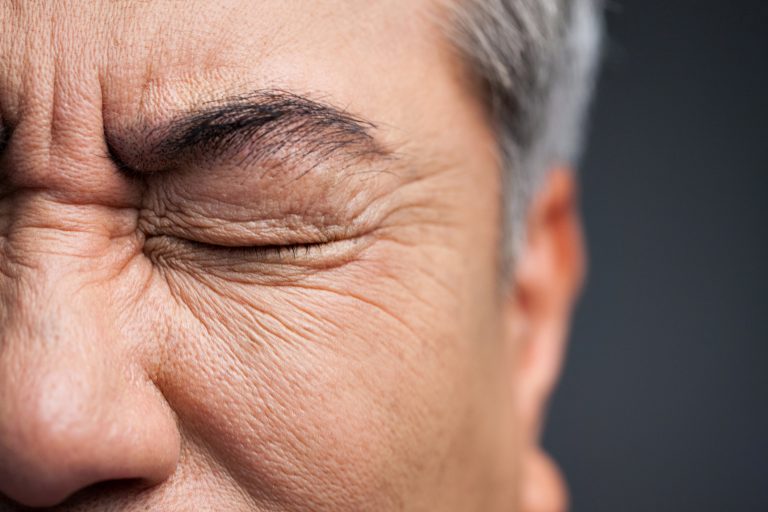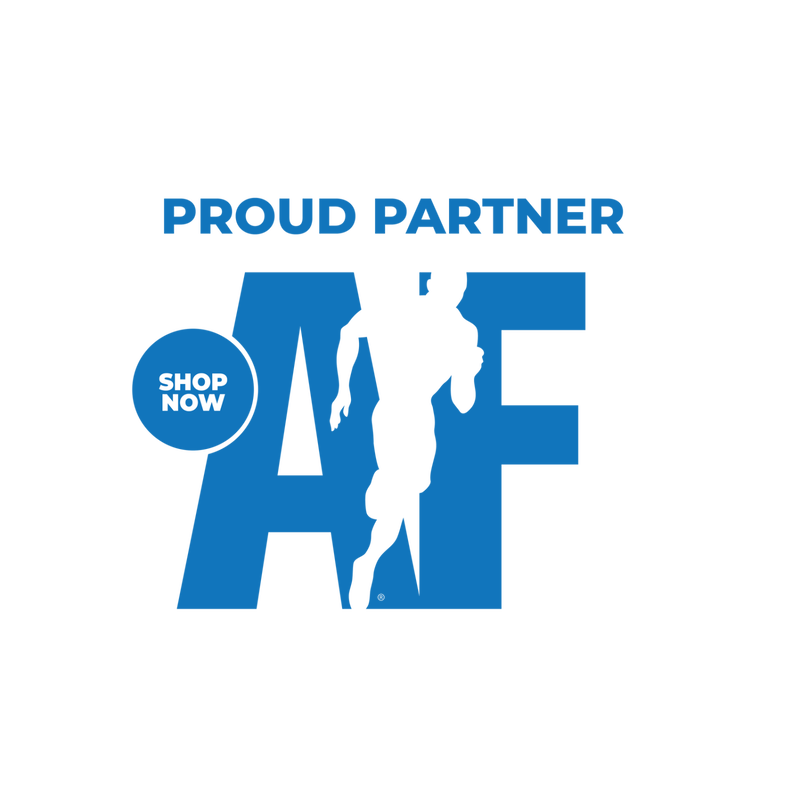|
Hydra Movement: Strength is just the beginning!
No pain, no gain. It’s a famous saying and one we hear far too often in the fitness industry. But is it really safe to train through pain?
What is DOMS? There are 2 major types of pain commonly associated with training, DOMS and injury pain. DOMS, or Delayed Onset Muscle Soreness, is the term used to describe the pain you may feel for one or two days after a tough training session. The pain is the result of microscopic tears and inflammation in the muscle and connective tissue. It is not something to be concerned about, and everyone from beginners to well-trained athletes experiences it. Injury pain, however, will result from an instance where your body has experienced some kind of acute trauma resulting in an injury. This kind of pain will generally be stronger, debilitating, and last for an extended period of time. How Do I Know if I’m Injured or Have DOMS? 1. Location DOMS is described as a generalised pain, where you experience pain throughout a large area. An injury, however, will generally have more localised pain, meaning you experience pain is a smaller and more defined area. 2. Type of Pain DOMS will cause your muscles to feel tight, achy, and sore to the touch. An injury is associated with sharp, stabbing pains that may occur both when the affected area is used and at rest. 3. Asymmetry If you experience pain on both sides of your body, for example, both legs, it is most likely DOMS. This is due to both sides being used equally during exercise. However, if you experience pain on one side such as in one hamstring, this may point towards an injury. 4. Swelling Injuries can be associated with localised swelling. DOMS can cause some swelling, however, this will be spread out over a larger area and not as obvious. 5. Give it Context What happened in the previous few days before you started feeling pain? Did you start a new training cycle? Did you do a high volume of work? Then the pain you are feeling is probably DOMS. If you trained a week ago, but haven’t been able to train again due to pain in one shoulder, it might be an injury. Did you hear a noise? A noise such as a pop or a crack may occur when an athlete injures themselves. This will not be the case with DOMS induced pain. If in Doubt, See a Professional! Do you have some pain that hasn’t subsided for a few days? Or maybe you have pain that is very localised or asymmetrical. If in doubt, see a professional! A doctor or a physiotherapist will be able to help determine the source of your pain and formulate a plan of action to get you back to pain-free. You are better off seeking help earlier rather than later, as catching an injury earlier will make the rehabilitation process easier and faster. So, Train Through Pain? It is ok to train through minor cases of DOMS, as moderate exercise will not make your condition worse or cause an injury. The pain associated with DOMS usually subsides after a warmup and some stretching. But, if your pain is strong and debilitating, or you have an injury, it is best to lay off training. You can still train unaffected body parts, but training on an injury can cause it to become worse and lengthen your rehabilitation time. Love it? Let us know by commenting below!
|
AuthorAnurag Gill is the Head Coach at HYDRA Movement in Moonee Ponds. Archives
June 2019
Categories |
|
|

 RSS Feed
RSS Feed
